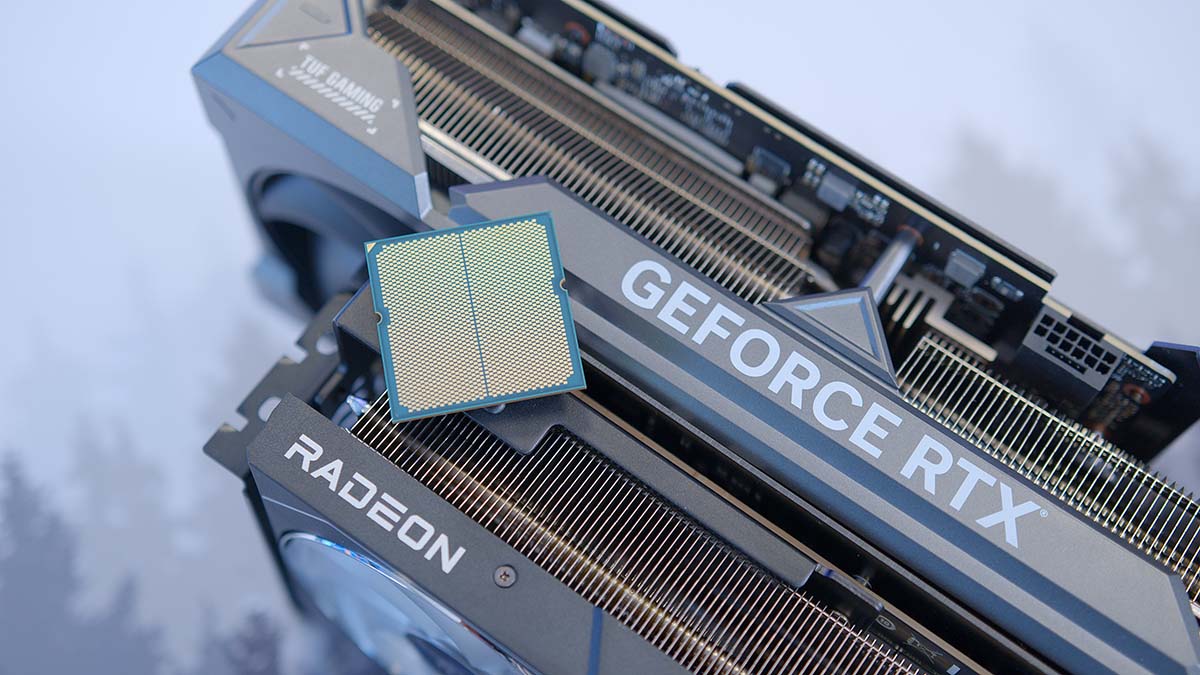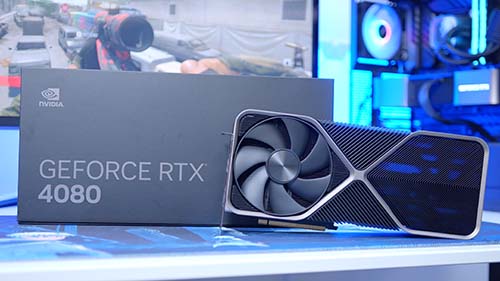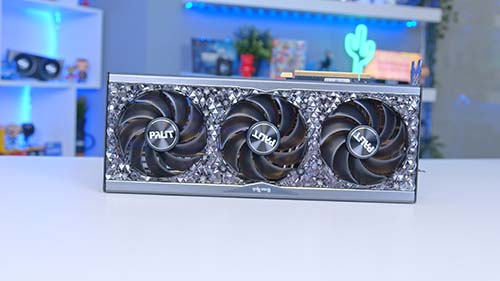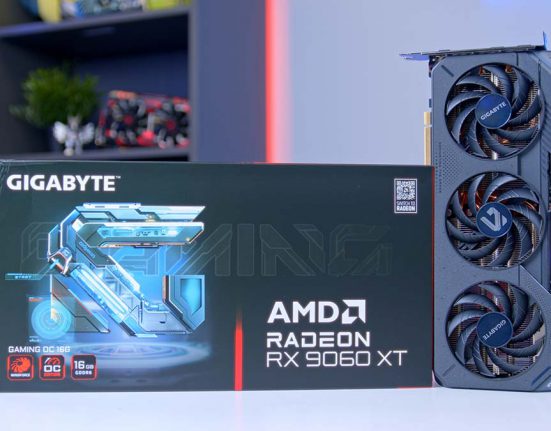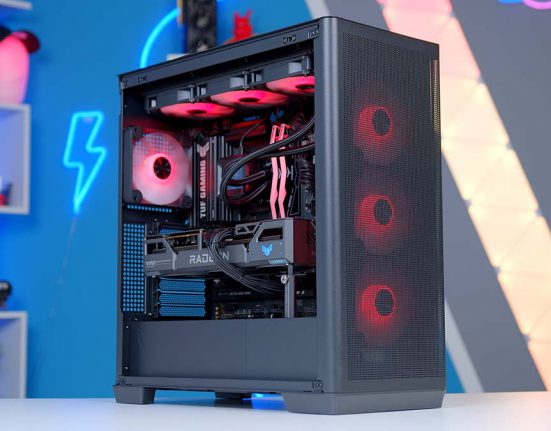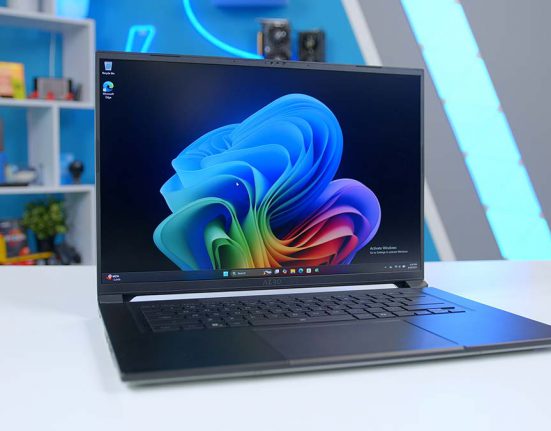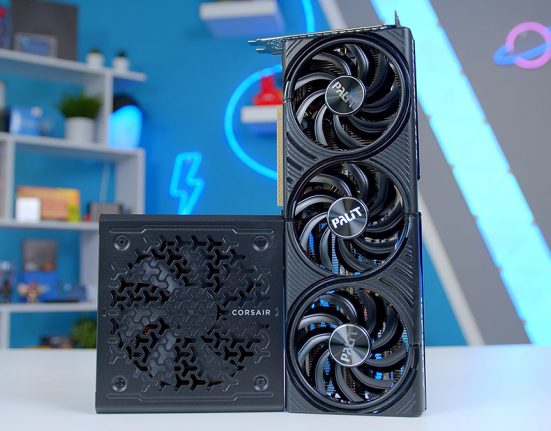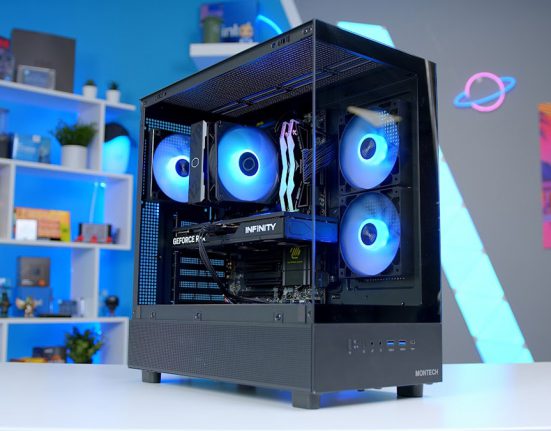Introduction
The Ryzen 9 7950X3D is one of AMD’s most premium and high-end processors. Featuring both the sixteen fast cores of the base Ryzen 7950X, as well as Team Red’s revolutionary 3D V-Cache technology. This results in a chip that is one of the fastest in both gaming and productivity settings.
This powerful CPU would greatly benefit from an equally powerful graphics card, providing the perfect balance of performance and price to the Ryzen 7950X3D. Ideally, a GPU that is also a high-end offering will provide the consumer with unparalleled performance, which is ideal for an enthusiast or workstation level system.
With a multitude of competitive options on the market, it can be difficult to decide on which component to install. So in order to make things easier, we’ve rounded up a range of powerful GPUs to pair up with this impressive processor. These graphics cards from both NVIDIA and AMD fit the Ryzen 7950X3D perfectly, ensuring the final build is well balanced and performs to the best of its ability.
Suggested Article: Best CPU Coolers for AMD Ryzen 9 7950X3D
The Best GPUs For The Ryzen 9 7950X3D
1. AMD Radeon RX 7900 XT
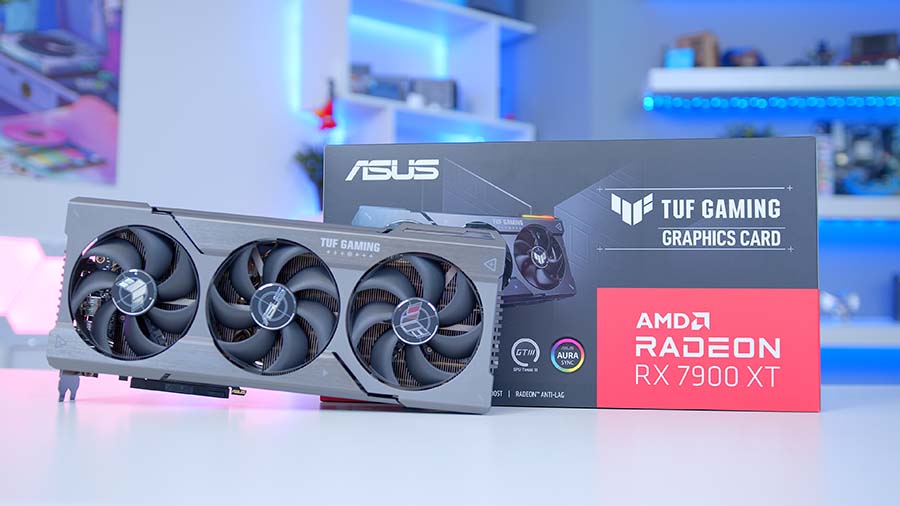
While AMD hasn’t released many Radeon 7000 graphics cards, the ones they have released have offered amazing performance. Their two higher-end models, the Radeon RX 7900 XT and 7900 XTX, whilst still rather expensive, do still offer consumers a relatively conservative price when compared to NVIDIA’s offerings.
As such, consumers looking for the cheapest graphics card possible that is a great pairing with the Ryzen 7950X3D don’t have to look any further than the RX 7900 XT. Despite its lower price, it still offers a whopping 20GB of video memory, alongside strong performance in almost all situations. As such, it’s still a very competitive offering that should be considered, supplying most consumers with more than enough performance without breaking the bank.
With most common graphics cards being so large that case clearance can actually become an issue, it’s great to see a card that is relatively small and suitable for most builds. The dual-slot design is smaller than most high-end cards, making it ideal for consumers worried about space constraints.
Compared to the large variety of very popular tools that come with NVIDIA GPUs, products from AMD unfortunately don’t have the same level of support. While the company does have its own answers to many of NVIDIA’s features, it’s still not enough to match Team Green’s dominance on the software side.
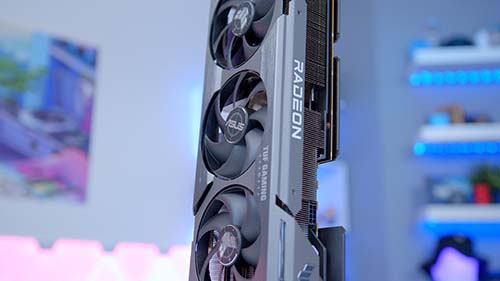
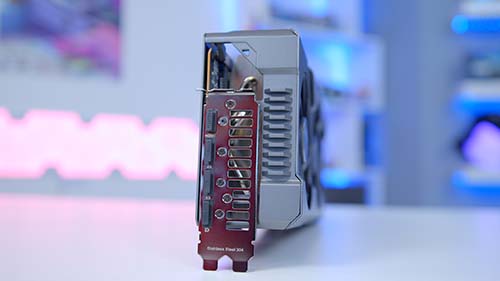
2. NVIDIA GeForce RTX 4080

While the RTX 4090 is well-known to be the best performing card from the RTX 4000 range, its high price makes it very prohibitive for many. Thankfully, there is a great alternative to the 4090, also offering fantastic levels of performance, but at a slightly lower price.
The RTX 4080 is a fantastic choice for consumers who wish to experience the best in both rasterised and Ray-Traced performance without having to purchase the much more expensive RTX 4090. With a still very adequate 16GB frame buffer and fast boost clocks, this graphics card excels in both the hardware and software side, all while not costing too much more over its AMD rivals.
Naturally, one of the greatest advantages of owning a NVIDIA graphics card is the large array of the company’s tools and other proprietary features. Be it DLSS or Reflex for gaming, Shadowplay and Nvenc for content creation, or Omniverse for work, the ecosystem consumers get access to with an NVIDIA card is truly unmatched.
But out of all the graphics cards we’ve tested, the RTX 4080 does feature the least VRAM, at 16GB. Whilst still more than enough for most consumers, those interested in purchasing a graphics card with the best possible value for the money, or who might require additional video memory, may wish to look elsewhere.
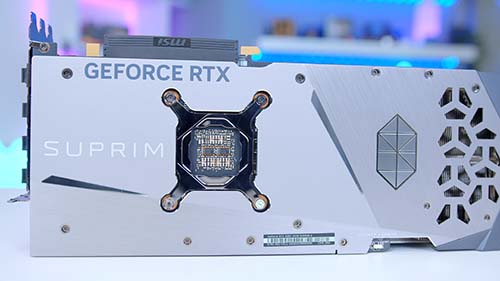
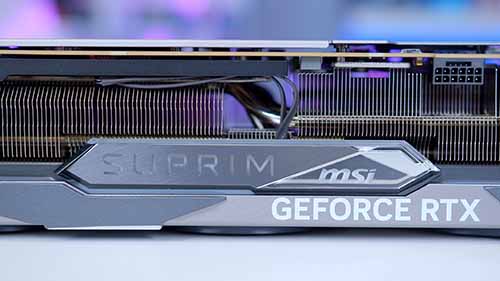
3. AMD Radeon RX 7900 XTX

AMD has always tried to disrupt the market by releasing graphics cards that greatly undercut the prices set out by NVIDIA. This pattern has lead to AMD developing some highly competitive cards in the high-end market, which offer strong performance, but can’t quite compete in terms of hardware. The same can be said for AMD’s RX 7000 flagship, the Radeon RX 7900 XTX. It continues Team Red’s mission to offer highly competitive graphics cards in terms of pricing when compared to their rivals.
With the highly capable Navi 31 XTX chip at the heart of it, combined with high boost clocks and 24GB of video memory, come together to create a truly amazing card. Whilst still certainly expensive, it’s still very appealing when compared to the pricing of the RTX 4080 and 4090.
One thing that AMD has certainly struggled with is matching NVIDIA in terms of Ray-Tracing performance, and the same is true for even such a high-end card such as the RX 7900 XTX. While still adequate in these scenarios, it’s of course nowhere near as smooth of an experience as on NVIDIA hardware.
The RX 7900 XTX does see a very high increase in TDP over the 7900 XT and RTX 4080, all whilst still remaining tied to a dual-slot design and two 8-pin power connectors. While this could cause some issues, as long as adequate cooling and power is provided, consumers should still have a very smooth experience.
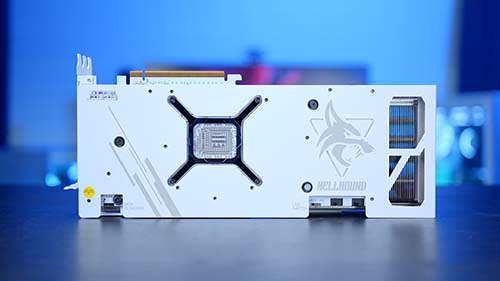
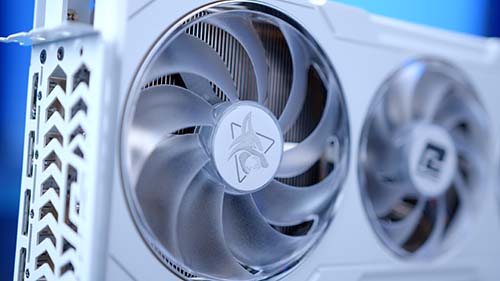
4. Nvidia GeForce RTX 4090
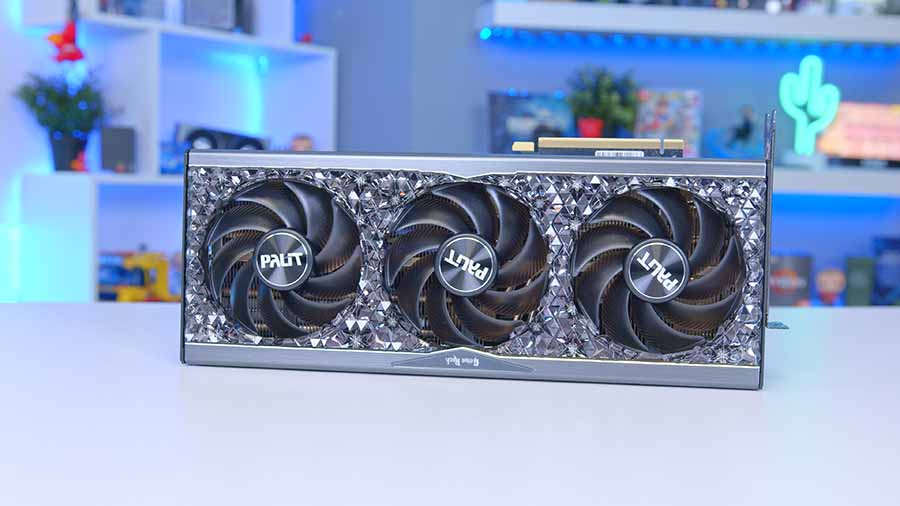
Despite their many controversies this generation, it’s difficult to deny the quality products that NVIDIA continue to deliver, even if they do cost significantly more with each generation. Their flagship cards in particular always push the envelope in terms of maximum performance, even if it’s by far the most expensive consumer card currently available.
NVIDIA’s Ada Lovelace flagship, the fast, large, and powerful RTX 4090, is unrivalled in terms of performance and also its very high price. Naturally, it’s also the largest out of all the cards in this roundup, and also requires the most power. However, given its high price, many consumers will also have the budget spare for an adequate case, fans, and power supply.
NVIDIA is well-known for their rich ecosystem of tools and other software tricks to allow consumers to get the most out of their graphics cards. What’s more, this technology is supported in a wider array of games and applications than similar offerings from AMD or Intel.
On top of it being the fastest card currently available, the RTX 4090 is also the most expensive consumer card currently available. As such, it will be a large drain on most consumer’s PC budget, whilst being completely out of reach for others.
The RTX 4090 has also become infamous for its large size, especially when it comes to 3rd party offerings. While this does improve its thermal efficiency, the large dimensions may cause other issues, such as case clearance issues or GPU sag.
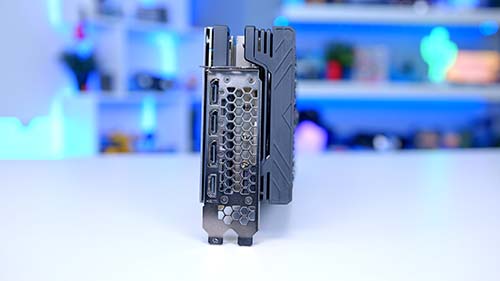

What Are the Ryzen 3D SKUs?
The 3D SKUs are special variants of the existing chips with a proprietary 3D V-Cache. In terms of core counts, they share identical specs to the model they are based on, with the addition of much more cache, thanks to this new exciting technology from AMD. In practice, this results in the CPU having much more Level 3 cache, which alleviates a very large bottleneck in modern CPUs. This additional space on the CPU itself delivers great gains in gaming and many other workloads which benefit from large amounts of cache.
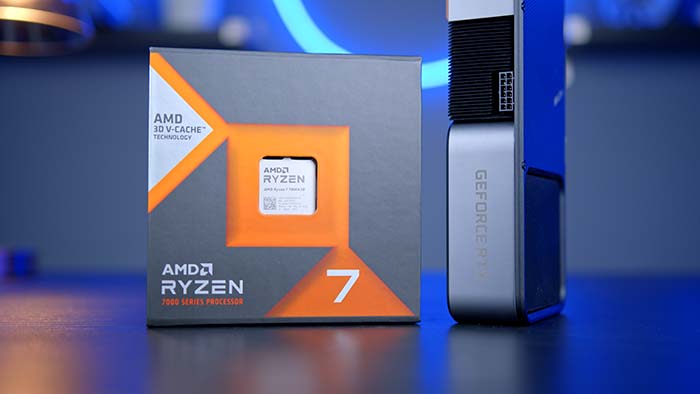
How We Tested Graphics Cards
In order to test and evaluate the best graphics cards for the Ryzen 9 7950X3D, there are a number of factors that we take into account, these are:
- Performance – frame rates across a broad array of AAA and esports title.
- Compatibility – ability to use these GPUs in a wide range of builds and to play with them in a variety of gaming titles.
- Value for Money – how these GPUs stacks up against the competition, and the average cost per frame.
Frequently Asked Questions
Does the 3D Cache Help with Workstation Applications?
Whilst its primary gains are in gaming, 3D V-Cache will certainly improve the performance of any workload where cache and CPU performance matters. In any software where the CPU is heavily utilised, this technology from AMD should provide noticeable gains.
Do I Need DDR5 for the 7950X3D?
Yes, DDR5 RAM is required, given that the Ryzen 7950X3D is based on the new AM5 socket. All AM5 motherboards only support DDR5 memory, which is in no way backwards-compatible with DDR4.
What Motherboard Should I Pair up with the 7950X3D?
While the Ryzen 7950X3D work with any AM5 motherboard, given how it’s the most high-end AMD CPU currently available, an equally high-end motherboard is recommended. Even though an X670E board would be ideal for a chip of this calibre, X670 or B650E boards will also more than suffice.


